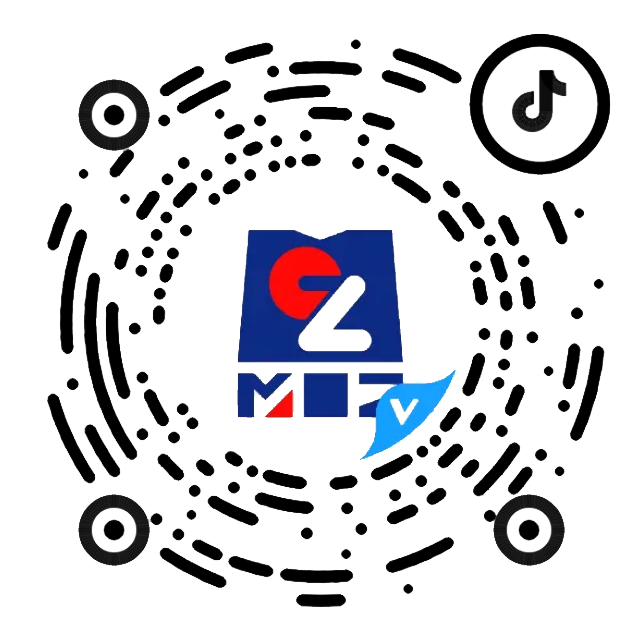【Frontline News】Another manufacturer introduces an ultra-large die-casting island, and the automotive lightweight process drives continuous changes in the industrial chain
Release time:
2025/02/19
Recently, at the production workshop of Anhui Huihan Precision Machinery Co., Ltd., the sound of machinery roared as workers busily produced shock absorbers. According to Ma'anshan Daily, the second phase factory of Huihan Precision's high-end auto parts production project in Hanshan Economic Development Zone (East Zone), Anhui Province, has been successfully completed, and plans to introduce a 10,000-ton-level die-casting island this year to produce large-scale integrated castings such as the entire front and rear compartment battery boxes for automobiles.
According to relevant sources, the company's high-end auto parts production project, launched in July 2021, is being constructed in two phases, with the first phase already in production. The second phase project covers approximately 40.24 mu (approximately 6.7 acres) and is mainly used to expand production scale. The entire project plans to use a total of 80.24 mu (approximately 13.4 acres) and focuses on the production and sales of high-pressure die-cast aluminum products in the automotive lightweight field.
With the continuous advancement of automotive lightweighting, the casting industry chain has also undergone significant changes.
First, automotive lightweighting has driven the application of high-strength, lightweight materials such as aluminum alloys, magnesium alloys, high-strength steel, and composite materials. Therefore, material suppliers in the casting industry chain need to adjust their product portfolios to meet the automotive industry's demand for lightweight materials.
Secondly, with the advancement of automotive lightweighting, companies in the casting industry chain need to adjust their product structures to adapt to changes in market demand. For example, developing more casting products made of lightweight materials such as aluminum alloys and magnesium alloys suitable for lightweight vehicles.
At the same time, automotive lightweighting requires the collaborative cooperation of the entire industry chain, including material suppliers, casting manufacturers, and automakers. This helps strengthen cooperation between upstream and downstream companies in the industry chain, promoting the optimization and upgrading of the industry chain.

Of course, in the process of automotive lightweighting, many manufacturers are constantly introducing advanced manufacturing processes and technologies, such as laser welding, hot forming, and automatic grinding and deburring.
Grinding, polishing, and deburring, as key processes in industrial manufacturing, are core links in determining product surface quality. MoZhi Robotics has focused on the grinding and deburring of castings for many years, independently researching software systems, continuously accumulating process databases, and possessing rich project implementation experience. The MoZhi grinding and deburring robot is a flexible processing machine specifically used to remove burrs from the surface of workpieces. This robot is mainly composed of a teaching box, control cabinet, robot body, pressure sensor, grinding head assembly, etc., and can achieve continuous trajectory control and point control under computer control.
Grinding and deburring robots have the characteristics of high efficiency, high precision, high flexibility, and high degree of automation, and are widely used in the market. According to relevant data, the current market size of robot grinding and polishing equipment in China has reached more than 20,000 units. In the next three years, the number of intelligent robot grinding and polishing equipment will exceed 50,000 units, with a compound growth rate exceeding 35%.
Previous
Latest News














